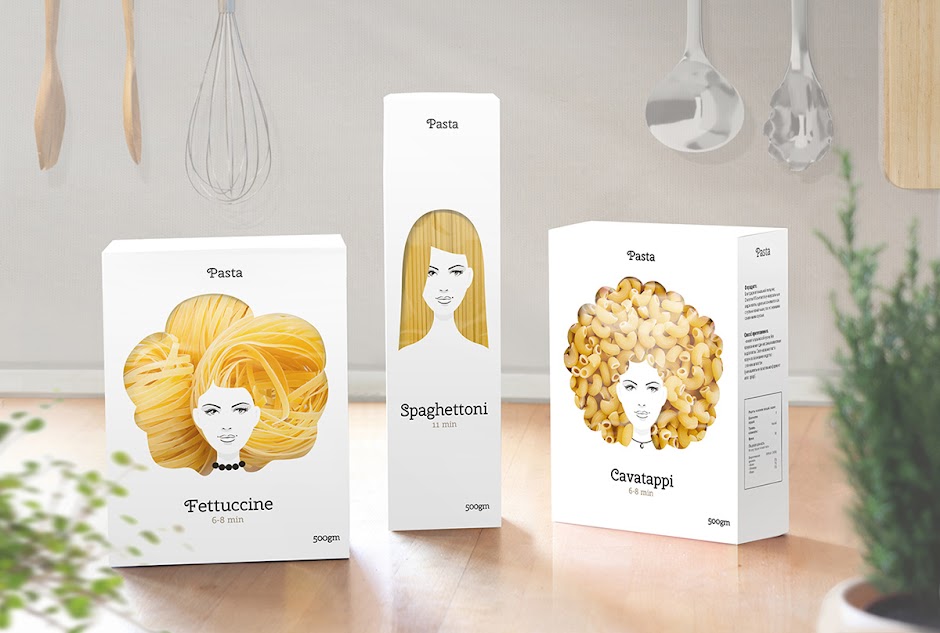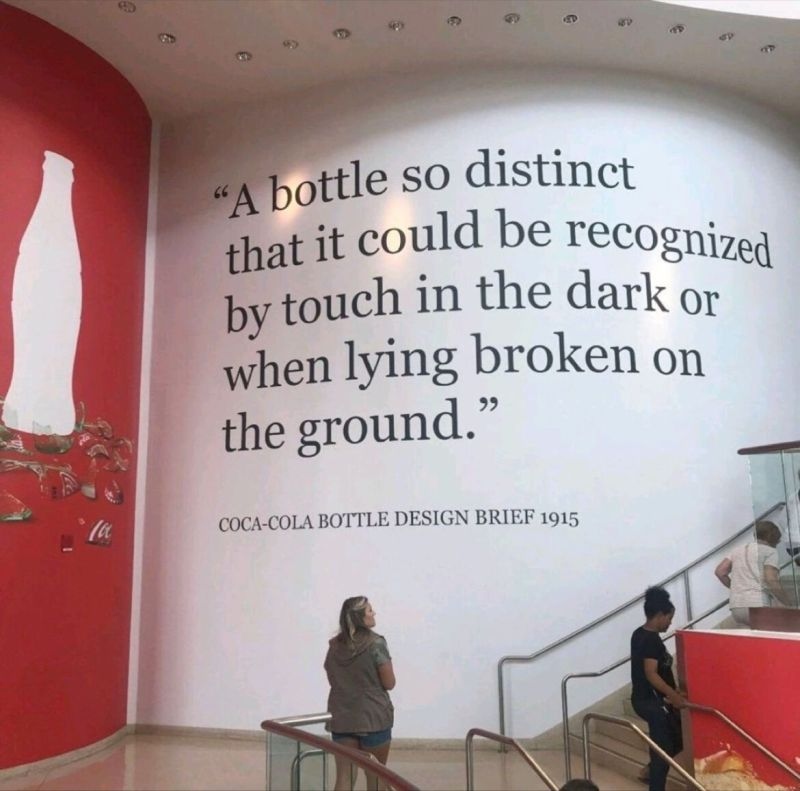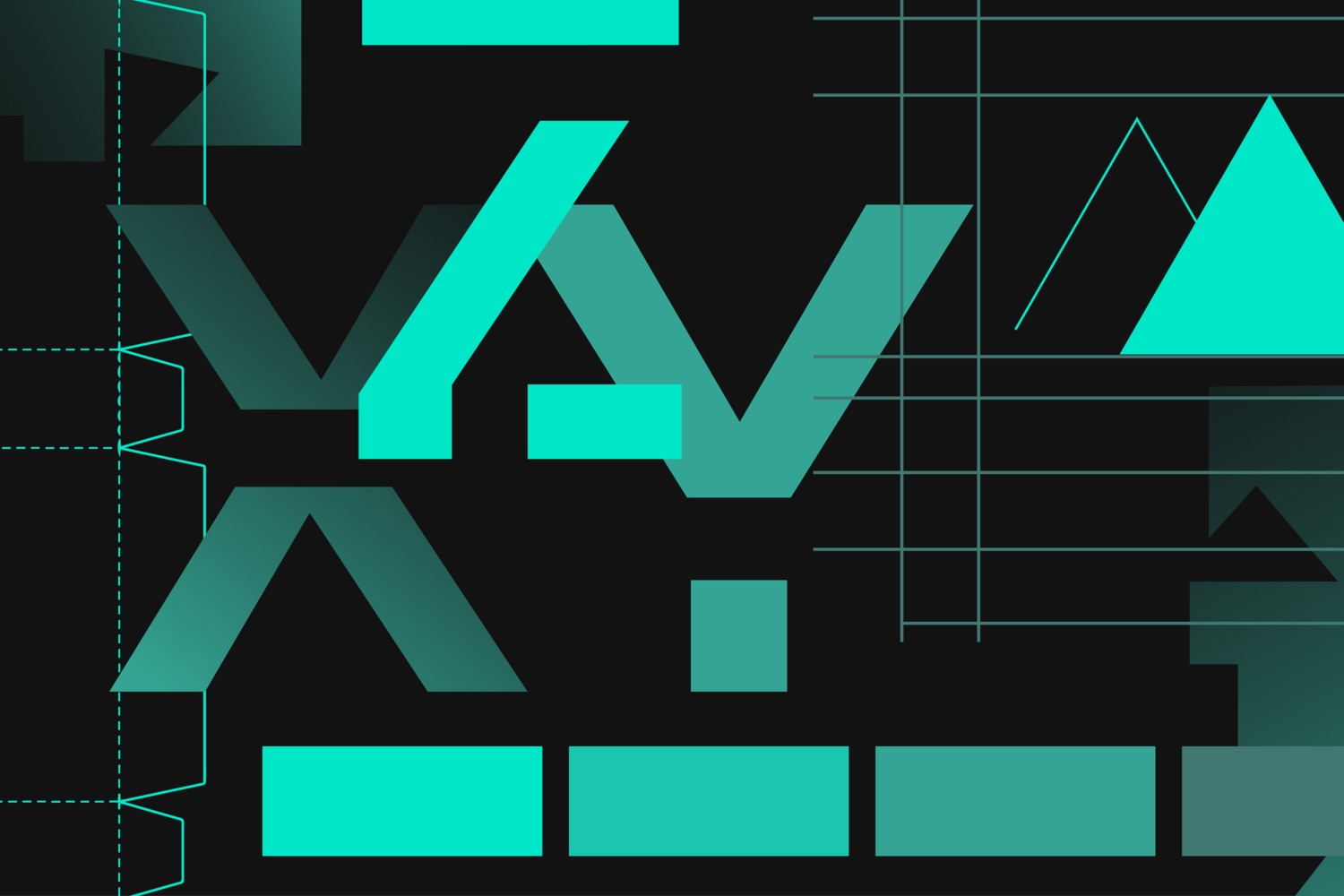Packaging design process from start to finish
You’ve got a great product and need great packaging to match. But how do you take your product from the concept to the store shelf? And what does that process look like? Here’s a quick overview of the packaging design process from start to finish, so let’s get started!
In this article, we’ll take you through each step so you can confidently begin your project. We’ll also share some tips on how to stay organized and on track throughout the process.
How do you design a packaging design?
Understanding the basics of the packaging design process
The trick to great design is understanding your target audience and the product itself.
Packaging design is a process that can be simple or complex, depending on the product that needs to be packaged. There are a few basics that you need to understand before starting the process, though.
The first step is understanding the product. What does it feel like and look like? What are its dimensions? You need to have a good idea of what you’re starting with before you can begin to design a package for it.
The second step is understanding your target audience. Who will be buying this product? What do they want or need from their packaging? Understanding your target audience is key to creating packaging that appeals to them and meets their needs.
Third, you need to consider the “layers” of product packaging. You need to think about three layers: the primary packaging, secondary packaging, and tertiary packaging.
The primary package is the container that holds the product itself. The secondary package is the box or bag in which the primary package comes. The tertiary package is the shipping container, often the most visible part of the product packaging. Things to consider in each layer include:
- The shape and size of the container
- The graphics and text on the container
- How easy is it to open and close the container?
- The materials used in the container
Seven steps to mastering the packaging design process
Research and competitive analysis
When starting a packaging design project, the first step is always research. This means learning about the brand and understanding unique selling points and target audiences. It also includes doing a competitive analysis to see what other brands are doing in the market and what trends are emerging.
Whether designing a website, a brochure, or packaging, you need to understand your audience and what will resonate with them.
The research will give you the foundation you need to create successful packaging. It will help you develop a clear vision for your project and ensure that your designs are on-brand and relevant to your target consumers.
Once you understand these things, you can start developing your packaging design strategy. This will guide the rest of the process and ensure that your finished product is on-brand and targeted to your desired audience.
Establish packaging design goals and objectives
Packaging design is the creation of the exterior of a product. Essential elements of product packaging design include understanding the target customer and the product’s purpose. Packaging design aims to meet marketing objectives by communicating the product’s personality or function.
Defining the messaging and goals that must be conveyed on the package is essential when beginning the design process. What do you want to accomplish with your packaging? Which message do you want to communicate to your customers? What kind of impression do you want it to make on the consumer? Is it intended for long-term use, or will it be used once and thrown away?
Be clear and concise in your answers to these questions. They will help guide the direction of the design process and keep you on track.
It’s also important to understand who your target customer is. Which demographics are you trying to reach with your product? What are their needs and preferences? Knowing this information will help you create a package that appeals to them and meets your marketing objectives.
Develop creative concepts
Before you even begin to worry about the details of your design, you need to develop some creative concepts for the packaging design. This is where your imagination comes into play, so let it run wild! Draw inspiration from everything around you, and don’t be afraid to experiment.
As you develop your concepts, consider your target audience and what will appeal to them. Does the packaging convey the right message? Is it appealing to your target audience? Does it follow all the necessary rules and regulations? These are all essential questions that can only be answered through testing.
Keep the brand in mind and any specific design requirements you may have. And most importantly, have fun with it! This is your opportunity to let your creativity shine.
Experimentation is desirable in some of the first stages of the design process. You have to be creative but, at the same time, make sure that the packaging is useful and easy to use. If the packaging is not easy to use, then it doesn’t matter if the idea behind is creative. The problem with packaging design is to make it stand out enough yet still fit in and be easy for the customer to use.
“Any product that needs a manual to work is broken”, Elon Musk.

Consider sustainability and compliance for your package
Before you even think about the design of your package, you need to consider two significant factors: sustainability and compliance.
Sustainability is all about creating an environmentally friendly product from start to finish. This means using recycled or recyclable materials, reducing waste and energy consumption, and choosing sustainable printing and manufacturing processes.
Compliance is about ensuring your package meets all the legal requirements for your product. This includes ensuring the package is child-resistant, tamper-evident, and can withstand transport without damage.
It is also important to emphasize the sales function of the packaging. It is necessary to make sure that the packaging is easy to stack on the shelves, and therefore it is essential to keep in mind where the product will be placed during the sale.
All these factors must be considered from the beginning of the packaging design process and revisited to ensure that your final design meets all requirements.
Choosing colors, fonts, and images for the brand
When designing your packaging, you’ll want to think carefully about the colors, fonts, and images you choose. The right combination of branding elements can help convey the right message and make your product stand out.
Colors can evoke emotion and help to define your brand — for example, soft blues and greens could signify a calming product, while bright reds could signify something energy-boosting. Fonts also have their own connotations—think the delicate script for high-end products or blocky fonts for something more casual.
As for images, if your product is a food item, such as a cereal box, you’ll probably want to include photos of the food itself. If you’re selling a beauty product such as makeup, you might want to feature models representing your target audience. Whatever visuals you choose, ensure they align with your brand’s overall message and help capture the customers’ attention on store shelves.
Designing the packaging and prototyping
Once your concepts have been tested and approved, it’s time to finalize the design and get into production. This is where all the puzzle pieces come together, and your packaging design becomes a reality.
When creating a package, it’s essential to consider how it will be used, stored, disposed of, and even recycled.
A project brief is an essential first step. It should include an overview of the product, target audience, objectives, and design strategy for the project. It’s also helpful to research the competition and look for inspiration outside your product category—this can help spark ideas for unique and creative designs.

Once you have your initial designs in place, it’s a good idea to create prototypes to see how the package will look and feel in real life. Prototypes help you refine the design until you’re happy with all aspects of the packaging before moving on to production.
But the work doesn’t stop there; even after your packaging has been printed, monitoring its performance and making adjustments as needed is essential. After all, your business isn’t static; why should your packaging be?
Distribution and launch
Lastly, you’ll want to plan out the distribution and launch of your product. This step concerns planning how to get your product out into the world and ensure it reaches the right people.
If your product is going to be sold in stores, you’ll need to make sure that those stores are aware of your product and that they understand the packaging guidelines of both the store and your product. You’ll also have to consider special packaging needs, like what kind of boxes or bags would be best for delivering the product.
And when it comes to launching your product, consider any promotional or influencer campaigns you want to run. These campaigns can help create buzz around your new venture and help get people interested in your offer.
Once everything is set up and ready to go, test it before releasing it into the wild. From here, all left is just sitting back and watching customers fall in love with your unique new packaging design!
Structural design tips to create an eye-catching package
Here are a few structural design tips to make your package stand out:
- Simplicity is the key: Strip away the extras and focus on delivering a simple, eye-catching design.
- Have a clear color strategy: Use visually appealing colors that reflect your brand identity.
- Use typography to emphasize your message: Our eyes are drawn to words, so use fonts and typefaces strategically as part of your design.
- Create visual balance: Think about equalizing the size, shape, and weight of key elements like shapes and colors in your design.
- Choose materials wisely: Think carefully about the materials used in the packaging. Consider their durability, cost-effectiveness, environmental impact, texture, etc.
- Incorporate texture into your design: Whether you’re looking to add texture through different materials or graphic elements in the artwork, this simple step can take your design to a new level.
Conclusion
Designing great packaging isn’t easy, but it’s definitely worth it. A well-designed package can make all the difference in whether or not someone purchases your product.
Following these steps from start to finish will help you master the packaging design process and create eye-catching and practical designs.
Keep in mind that the packaging design process is constantly evolving, so stay up-to-date on the latest trends and techniques. With a bit of practice, you’ll be able to create packaging that looks great and functions even better.
